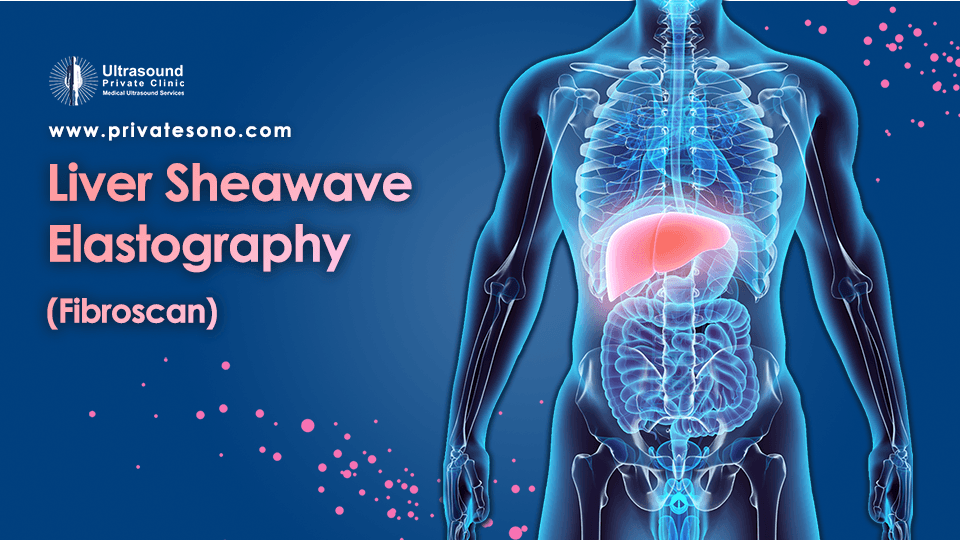Liver Elastography vs. Biopsy: Which is the Better Liver Diagnostic Tool?
The liver is a vital organ responsible for several functions in the body, including detoxification, metabolism, and bile production. Therefore, when liver diseases or abnormalities are suspected, accurate diagnostic tools are crucial for effective treatment. In recent years, liver elastography has emerged as a non-invasive alternative to liver biopsy. This article aims to explore the pros and cons of both liver elastography and biopsy, shedding light on which diagnostic tool is better for assessing liver conditions.
Understanding Liver Elastography:
Liver elastography is a relatively new diagnostic technique that measures liver stiffness, an indicator of liver fibrosis or scarring. It utilizes ultrasound technology to evaluate the elasticity of liver tissue, providing insights into the liver’s condition. Unlike liver biopsy, which involves extracting a small tissue sample for analysis, elastography offers a non-invasive and painless process.
The Advantages of Liver Elastography:
-
Non-invasiveness: One of the major advantages of liver elastography is that it does not require a surgical procedure like biopsy. Patients can undergo elastography without discomfort or potential complications associated with invasive techniques.
-
Real-time assessment: Liver elastography provides immediate results, allowing physicians to assess liver stiffness during the examination itself. This real-time evaluation enables prompt diagnosis and treatment decisions, saving valuable time for both patients and healthcare providers.
-
Repeatability: Unlike liver biopsy, which is a one-time procedure, elastography can be repeated as necessary without causing harm to the patient. This allows for longitudinal monitoring of liver stiffness over time, enhancing the understanding of disease progression and treatment efficacy.
Understanding Liver Biopsy:
Liver biopsy has been the gold standard for liver disease diagnosis for decades. It involves the removal of a small tissue sample from the liver for microscopic analysis. Although it is an invasive procedure, it provides detailed information about liver inflammation, fibrosis, and other pathological conditions.
The Advantages of Liver Biopsy:
-
Tissue analysis: Liver biopsy provides accurate and detailed information about liver diseases at a cellular level. It helps in determining the underlying cause of liver abnormalities, such as viral infections, autoimmune disorders, or drug-induced liver injury.
-
Diagnostic accuracy: Liver biopsy is considered the most accurate method for diagnosing liver diseases, especially in distinguishing between different stages of fibrosis. It helps in assessing the severity and progression of liver conditions, facilitating appropriate treatment strategies.
-
Histological grading: Biopsy enables histological grading of liver diseases, helping physicians classify and identify specific types of hepatitis, cirrhosis, or cancers. Such detailed analysis assists in personalized treatment plans and prognosis predictions.
The Limitations of Liver Biopsy:
-
Invasiveness and risks: Liver biopsy involves a needle puncture into the liver, which carries certain risks, including bleeding, pain, and in rare cases, damage to nearby organs. It also requires experienced personnel and specialized facilities, limiting its availability in some regions.
-
Sampling error: Liver biopsy involves extracting a small tissue sample, and there is a possibility of obtaining a non-representative portion of the liver. Sampling errors can occur, leading to inaccurate diagnosis or failure to obtain crucial information about the liver’s overall condition.
Which is the Better Liver Diagnostic Tool?
Liver elastography and biopsy each have their own strengths and limitations. While elastography offers a non-invasive, repeatable, and real-time assessment of liver fibrosis, liver biopsy provides detailed histological analysis and remains the gold standard for liver disease diagnosis. The selection of the better diagnostic tool depends on various factors, including the patient’s condition, the purpose of the evaluation, and the availability of resources.
In cases where liver biopsy is not feasible or poses risks to the patient, liver elastography can be a valuable alternative. Its non-invasive nature and ability to monitor changes over time make it an attractive option for regular liver assessments or long-term disease management. Elastography is particularly useful for identifying patients at risk of liver fibrosis progression, enabling early intervention and lifestyle modifications.
However, for patients requiring precise histological information or when the underlying cause of liver abnormalities needs to be determined, liver biopsy remains essential. It provides accurate diagnostic results, especially in complex cases or when therapeutic interventions require specific information about the liver tissue.
Conclusion:
Liver elastography and biopsy are valuable diagnostic tools for assessing liver conditions. Each has its own advantages and limitations, making them complementary rather than competing techniques. Based on the patient’s condition, the purpose of the evaluation, and the available resources, healthcare providers can make informed decisions regarding the most appropriate diagnostic tool.
